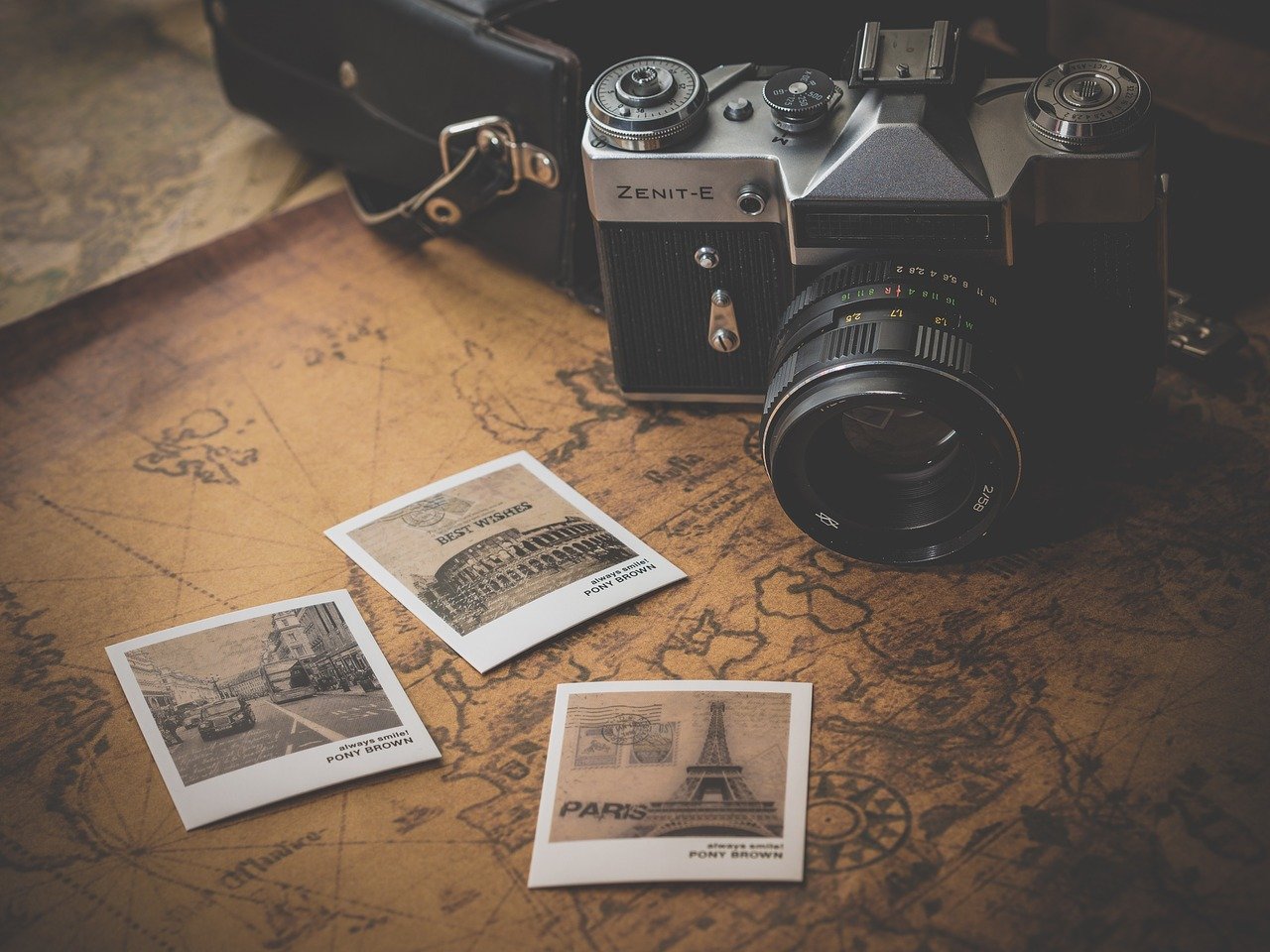
Photography is everywhere.
We are allowed to carry powerful cameras literally in our pockets, at any time, anywhere, with the increase of mobile devices. It’s hard to recall the time when taking a photograph was limited to special occasions, because equipment, films, and development were so expensive. Our parents took pictures yet, but fewer far and away, and only on special occasions: pictures of holiday sights, birthday celebrations, landmarks, special moments. Now, we take pictures of ordinary things, funny things, shopping lists, clouds, everyday occurrences, because, with the benefit and cheapness of photography, our motives have changed.
The grand vistas, the momentous occasions, the triumphs, and memorable achievements, we still immortalize the special moments in our lives. And these moments have also drifted into the virtual spaces we inhabit, like many other things.
Leo Sang’s Deus Ex: HR
Games like Genshin Impact are spaces of experience the maximum amount as entertainment. As it finds ample opportunity for snapshots in these virtual spaces, it shouldn’t surprise us that the photographic gaze, that eye for composition and purely visual aesthetic. In fact, it’s surprising that in-game photography – for purely aesthetical reasons as opposition documenting victories or snapping a pic of a formidable vista to be used as a desktop wallpaper – continues to be as unexplored a rustic because it still seems to be.
Those who have begun to travel to these gaming spaces to look for pictures are a few game photographers. With Duncan Harris of deadendthrills as the best-known and most generally publicized of those pioneers. Like movie stills, his work is increasingly professionally utilized by game companies to push their products, and the land games journalist compares his ultra-stylish, high-gloss pictures of games tweaked to seem their easiest to still photography in movie production. Recently, Harris was even given an advanced build of Dishonored, Arkane’s upcoming steampunk-thriller, to fuel anticipation and supply an advanced glimpse into the game’s stunning visual world.
James Pollock’s Skyrim
Harris’s professional game photography is breathtaking in its title, but he’s not the sole photographer with a keen eye for “videogame tourism” and therefore the convergence of virtual spaces and photography. Collecting his in-game photography on his blog Virtual Geographic is James Pollock, a graphic design student in Bath, England. He says he was originally inspired by deadendthrills, but ultimately opted for a totally different approach: rather than emulating Harris’s high-end, tweaked-up high-gloss technique, he took a comparably low-tech route and began to require pictures of his TV-set along with his iPod, using Instagram and Hipstamatic for added effect – a creative workaround to most consoles’ restricted – or non-existent – screenshot-capabilities.
Evoking memories of Anselm Adams and also the classics of nature photography are his black and white pictures of Skyrim’s majestic nature and Red Dead Redemption’s deserts while showing that photorealistic graphics aren’t prerequisites for impressive pictures by his Polaroid-framed images of the blocky worlds of Minecraft and set Radio Future.
ALSO READ: Video Game Photography: A New Genre in Still Image Art?
James Pollock’s lot Radio Future
Pollock sees no difference to “real life photography” while related projects by Robert Overweg, Kent Sheely, and John Paul Bichard are grounded within the context of experimental media art.
Iain Andrews’ Rage
Three-dimensional playing grounds are wholly man-made and constructed like urban spaces and architecture, game environments, especially those in open-world games with freely explorable. It’s not surprising that what may be a favorite theme of in-game photographers is architecture, especially an architecture unbound by reality’s constraints. The photographs of Australian gamer Iain Andrews, collected on Steam Postcards, think about the small print of those environments, the rear alleys, corners, and decor of those virtual spaces made for navigating through them.
Josh Taylor’s Mass Effect
There’s also another opportunity to juxtapose reality and games, but photographing the unreal, sprawling architectures of gaming’s SF and Fantasy worlds could be a challenge: Sao Paulo-based photographer and graphic designer Leonardo Sang’s “virtual reality photography” project use games as a platform for what he calls “everyday photography”, and his pictures of Max Payne 3’s city have their place beside his world photography of his city. By his realization that any open-world game offered the identical opportunity for photography because of the globe, Sang’s interest in in-game photography was piqued by GTA IV’s virtual cellphone camera, another in-game toy in Rockstar Games’ open-world sandbox.
Leonardo Sang’s Max Payne 3
In Leonardo’s case, what led him to in-game-photography was a virtual item, a virtual mobile device with a virtual camera, which seems ironic. As in the real world, it’s these ubiquitous mobile devices that brought photography to everyone’s pocket and to be witnessed on Instagram, Flickr and millions of Tumblr-Blogs began today’s deluge of real everyday photography.
With constantly increasing photorealism and therefore the popularity of open-world games, more and more photographers will search for inspiration and film opportunities in virtual worlds, the art of in-game-photography continues to be in its infancy, but it seems obvious. Games are places still as entertainment; and on balance, as Elliott Erwitt’s quote at the start reminded us: Photography has little to try to do with the items we see, and everything to try to do with the way we see them.


